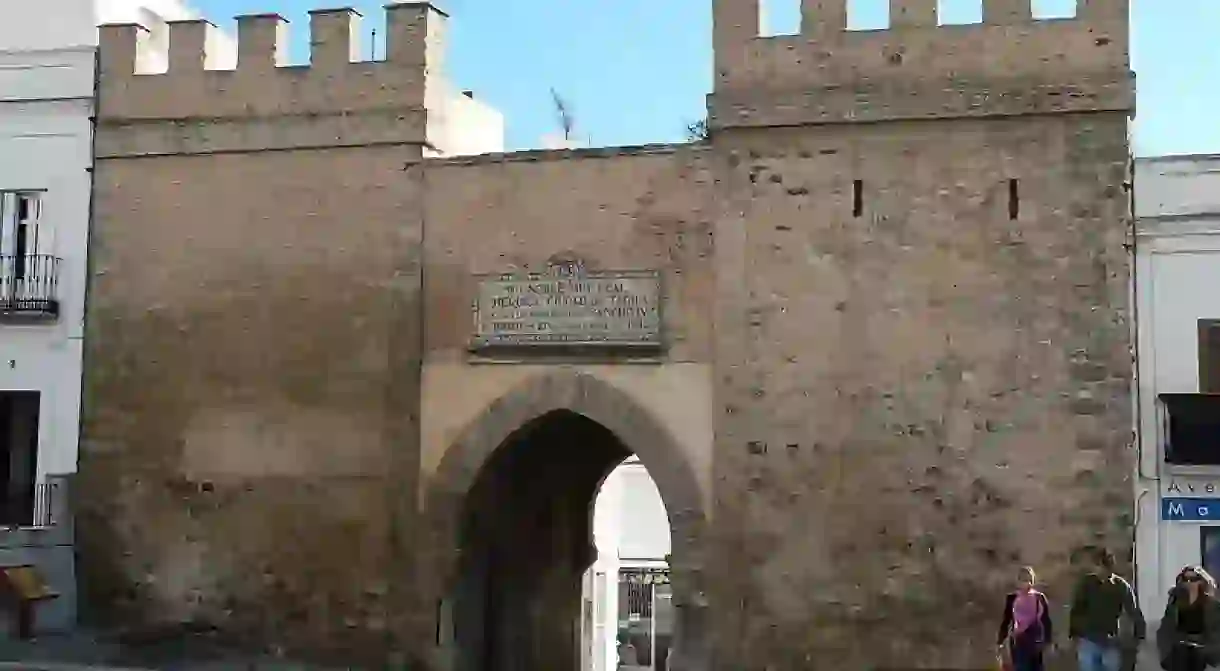How the Spanish Town of Tarifa Got its Name

The Spanish town of Tarifa is now known as one of Europe’s most popular surfing destinations – but what of its history, and its unique name?
Though present-day Tarifa might be renowned for beaches, watersports and hiking, in days gone by it was a site of strategic importance, taking its name from a military operation that proved crucial to the founding of Al-Andaluz, modern-day Andalusia’s medieval ancestor.
Background
Tarifa takes its name from an 8th-century commander who led a crucial scouting mission to the south coast of Spain in 710. In July that year, Tarif ibn Malik – of Berber or Arab origin, depending on the source consulted – was tasked with recceing the Iberian Peninsula’s southernmost shores by the Umayyad general Tariq ibn Ziyad; from Tangier or Cueta, according to Edward Gibbon (who charts the voyage in The Rise and Fall of the Roman Empire), Tarif set off with around 500 Arabic and African troops to assess the coastline’s defences.
His army’s alighting point was the southernmost point of Continental Europe – the site of a Roman settlement that was immediately named after the general, Tarif. Tarifa then became the point from which the troops advanced eastwards along the Iberian coast, eventually arriving at Algeciras. And here, according to the most circulated account of Malik’s mission, they were warmly received – rather than set upon – by the Christian occupants.

A turn of events
The surprising hospitality of the Christians is attributed to the fact that Tarif was accompanied by Julian, Count of Cueta. A colourful character, Julian is thought to have been a governor under the Christian king of Visigothic (pre-Moorish) Hispania who later defected to the Moors. As such, then, he would have been a valuable go-between for both the Arabs and Berbers and the Christians.
In 711, one year after the scouting operation that gave Tarifa its present-day name, Umayyad general Tariq ibn Ziyad launched an assault that would result in the Moorish conquest of Christian Visigothic Spain. With intelligence garnered by Tarif’s preparatory exploration, Tariq set off from north Africa with a 12,000-strong army.
This mighty force’s decisive victory was at the battle of Guadalete (also referred to as the battle of La Janda). Variously documented as occurring in 711 or 712, this epic fight saw the Umayyad forces defeat the Visigoths, who were under the leadership of King Roderik.

Modern-day Andalusia
Roderik, along with many important Visigoth nobles, lost his life in the battle. The Umayyad’s decisive victory paved the way for their capture of Toledo, then the Visigothic capital. Less than a decade later, most of the Iberian Peninsula was under Islamic dominion, a vast territory called Al-Andaluz that stretched from Tarifa in the south to Zaragoza in the north.
Modern Andalusia’s most breathtaking monuments – from Granada’s Alhambra to Córdoba’s Mosque-Cathedral – date from the eight hundred years of Al-Andaluz, a remarkable kingdom made possible by Tariq’s invasion in 711. And it all started with Tarif ibn Malik’s reconnoitre of the southern Spanish coast – the mission that gave Tarifa its modern-day name.














